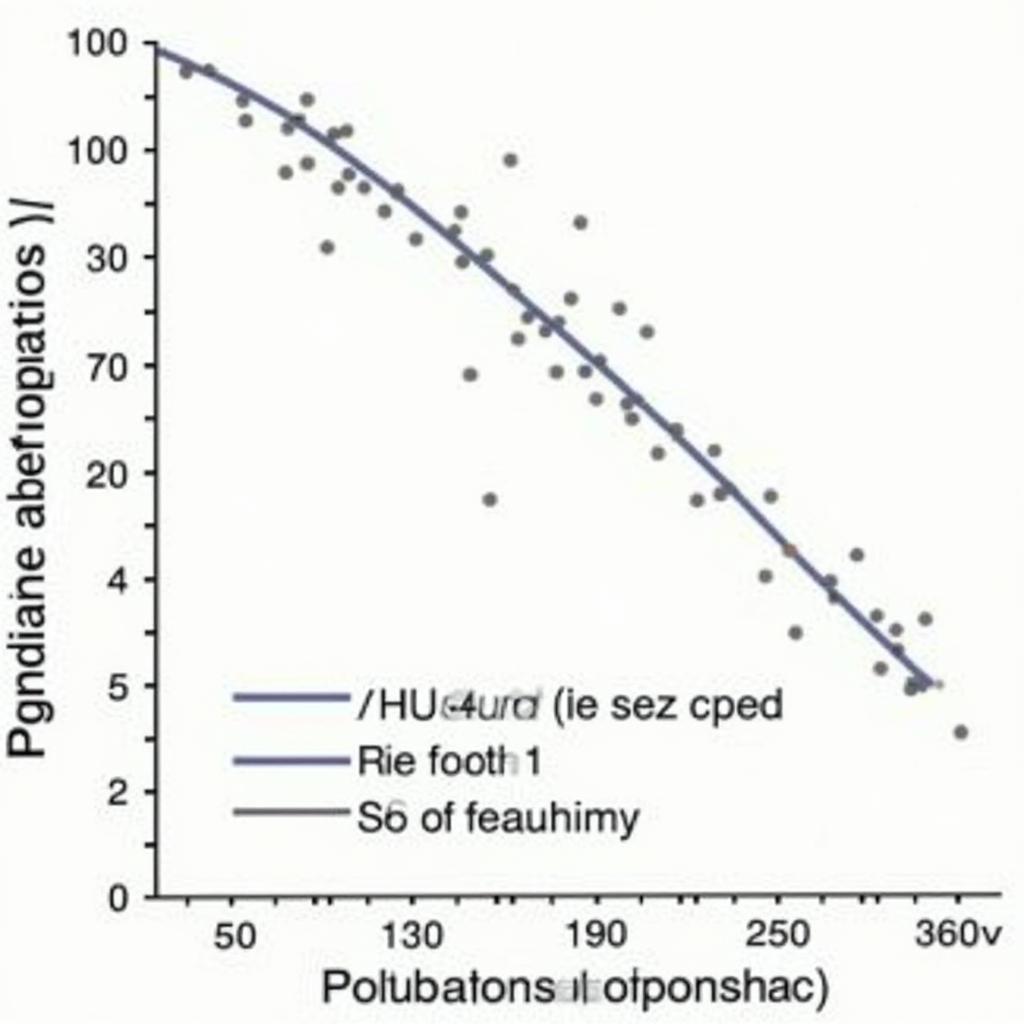9000 Years of Sea-Level Change Along the Southern African Coastline
The southern African coastline, a region renowned for its dramatic landscapes and rich biodiversity, holds within its shores a history as dynamic as the ocean waves that caress it. Over the past 9000 years, this coastline has witnessed dramatic transformations, shaped by the relentless rise and fall of sea levels.
These fluctuations, driven by complex global climate cycles, have left an indelible mark on the region’s geology, ecology, and human history. By delving into the depths of this ancient coastal record, we can uncover fascinating insights into the powerful forces that have shaped our planet and the resilience of life in the face of environmental change.
The Ups and Downs of Sea Level: A Story Told in Stone
Evidence of past sea-level changes is etched into the very fabric of the southern African coastline. Ancient shorelines, now submerged beneath the waves, provide tangible proof of a time when the ocean stood higher than it does today.
These submerged terraces, often composed of fossilized dunes, beaches, and coastal lagoons, contain a treasure trove of information about past environments. By analyzing the sediments, fossils, and geochemistry of these submerged landscapes, scientists can reconstruct ancient sea levels and the ecosystems they supported.
Conversely, evidence of lower sea levels can be found in exposed coastal deposits that were once submerged. Raised beaches, composed of shells and marine sediments now stranded high above the present-day shoreline, serve as stark reminders of the ocean’s powerful reach.
These raised beaches, often found along tectonically active coastlines, offer valuable insights into the interplay between sea-level change and geological processes. Through meticulous dating techniques and analysis of these coastal landforms, scientists can piece together a detailed history of sea-level fluctuations over millennia.
Climate Change and the Dance of the Tides
The primary driver of sea-level change over long timescales is the waxing and waning of global ice sheets. During glacial periods, vast quantities of water become locked away in massive ice sheets, causing global sea levels to plummet. Conversely, as the planet warms and these ice sheets melt, sea levels rise, inundating low-lying areas.
The southern African coastline has experienced the ebb and flow of these glacial-interglacial cycles, with sea levels fluctuating by as much as 120 meters over the past 9000 years. The early Holocene, a period of rapid warming following the last glacial maximum, saw a dramatic rise in sea level, reaching its present-day level around 7000 years ago.
Impacts on Coastal Ecosystems and Human Societies
These dramatic shifts in sea level have had profound impacts on the ecosystems and human societies along the southern African coast. As sea levels rose during the early Holocene, coastal habitats were inundated, forcing organisms to adapt or migrate. Evidence of these changes can be seen in the fossil record, which documents the shifting distribution of marine and terrestrial species.
For early human populations, the rising sea levels of the Holocene presented both challenges and opportunities. Coastal communities were forced to adapt to changing coastlines, while new resources became available in the form of expanded marine environments. Archaeological evidence suggests that these early coastal inhabitants were adept at exploiting the bounty of the sea, as evidenced by the abundance of shellfish remains and fishing tools found at archaeological sites along the coast.
The Future of Sea Level and the Southern African Coast
As our planet continues to warm due to human-induced climate change, understanding past sea-level fluctuations takes on added urgency. The Intergovernmental Panel on Climate Change (IPCC) predicts that global sea levels could rise by up to a meter by the end of this century, with potentially devastating consequences for coastal communities worldwide.
By studying the geological record of past sea-level change, scientists can gain valuable insights into the potential impacts of future sea-level rise on the southern African coast. This knowledge is crucial for informing coastal management strategies, mitigating risks, and building resilience in the face of a changing climate.
Conclusion
The southern African coastline stands as a testament to the profound influence of sea-level change on our planet. Over the past 9000 years, this dynamic region has witnessed dramatic transformations, shaped by the relentless forces of nature. By delving into the depths of this ancient coastal record, we gain a deeper appreciation for the interconnectedness of Earth’s systems and the importance of understanding past environmental change to navigate the challenges of the future.
As we face the prospect of accelerated sea-level rise in the coming decades, the lessons learned from the southern African coastline serve as a stark reminder of the need for urgent action to address climate change and protect our planet’s delicate coastal environments.


